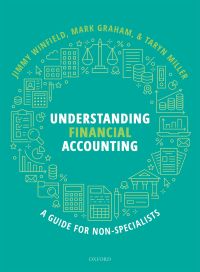Answered step by step
Verified Expert Solution
Question
1 Approved Answer
Can you show how to solve for part 4 and 5? Consider the following automatic feedback control system for a fixed-field, armature-controlled DC Motor r(t)

Can you show how to solve for part 4 and 5?
Consider the following automatic feedback control system for a fixed-field, armature-controlled DC Motor r(t) = 0 (t) + u(t) c(t) = e(t) G(S) Gps) e(s) 91.92 R(s) is a reference signal, e.g., a step command; E(s) is the error signal; Ge(s) is a controller block to be designed; and the plant TF is G,(s) = U(s) s(s+7.76) Suppose the controller is a proportional gain G(S) = K (s) i. Find the closed-loop Transfer Function er(s) ii. What are the characteristic roots and type of response (t) for step commands if K. 0 ? iii. Note the TF has the form of a Nominal 2nd Order TF that was studied in detail in class. Choose a numerical value of gain Ke to obtain an underdamped response, find e(t) for a step command 0-(t) = us(t) (rad). Assume zero initial conditions. Check out the Matlab commands ilaplace and residue to help find the residues and the inverse Laplace Transform. Find the analytical expression for the motor speed wt), t>0. Obtain plots of o(t) and w(t) for a sufficient length of time to appreciate the transient and steady-state components. iv. V. Consider the following automatic feedback control system for a fixed-field, armature-controlled DC Motor r(t) = 0 (t) + u(t) c(t) = e(t) G(S) Gps) e(s) 91.92 R(s) is a reference signal, e.g., a step command; E(s) is the error signal; Ge(s) is a controller block to be designed; and the plant TF is G,(s) = U(s) s(s+7.76) Suppose the controller is a proportional gain G(S) = K (s) i. Find the closed-loop Transfer Function er(s) ii. What are the characteristic roots and type of response (t) for step commands if K. 0 ? iii. Note the TF has the form of a Nominal 2nd Order TF that was studied in detail in class. Choose a numerical value of gain Ke to obtain an underdamped response, find e(t) for a step command 0-(t) = us(t) (rad). Assume zero initial conditions. Check out the Matlab commands ilaplace and residue to help find the residues and the inverse Laplace Transform. Find the analytical expression for the motor speed wt), t>0. Obtain plots of o(t) and w(t) for a sufficient length of time to appreciate the transient and steady-state components. iv. VStep by Step Solution
There are 3 Steps involved in it
Step: 1

Get Instant Access to Expert-Tailored Solutions
See step-by-step solutions with expert insights and AI powered tools for academic success
Step: 2

Step: 3

Ace Your Homework with AI
Get the answers you need in no time with our AI-driven, step-by-step assistance
Get Started


